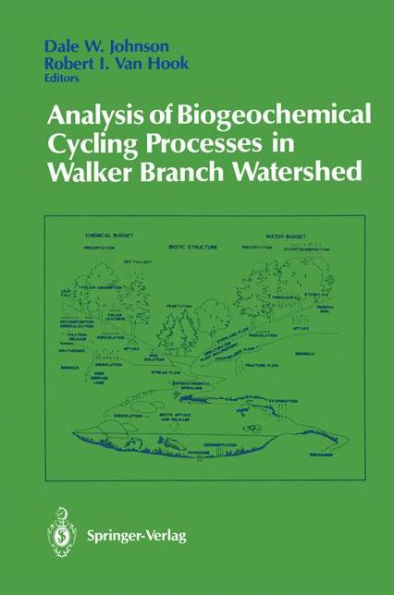The Oak Ridge National Laboratory's Environmental Sciences Division initiated the Walker Branch Watershed Project on the Oak Ridge Reservation in east Tennessee in 1967, with the support of the U. S. Department of Energy's Office of Health and Environmental Research (DOE/OHER), to quantify land-water interactions in a forested landscape. It was designed to focus on three principal objectives: (1) to develop baseline data on unpolluted ecosystems, (2) to contribute to our knowledge of cycling and loss of chemical elements in natural ecosystems, and (3) to provide the understanding necessary for the construction of mathe matical simulation models for predicting the effects of man's activities on forested landscapes. In 1969, the International Biological Program's Eastern Deciduous Forest Biome Project was initiated, and Walker Branch Watershed was chosen as one of several sites for intensive research on nutrient cycling and biological productivity. This work was supported by the National Science Foundation (NSF). Over the next 4 years, intensive process-level research on primary productivity, decomposition, and belowground biological processes was coupled with ongoing DOE-supported work on the characterization of basic geology and hydrological cycles on the watershed. In 1974, the NSF's RANN Program (Research Applied to National Needs) began work on trace element cycling on Walker Branch Wa tershed because of the extensive data base being developed under both DOE and NSF support.



